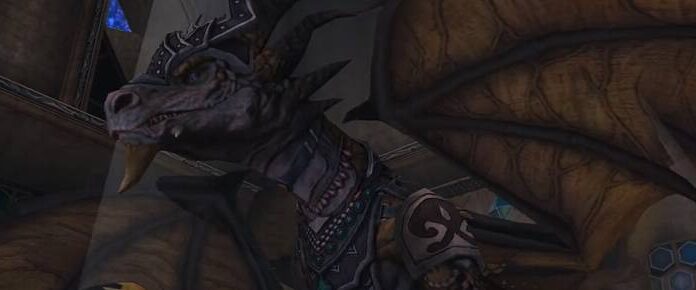
Normally we’re the sort of gamers who advocate for more MMOs and multiplayer games, not less. We’re also all about games being preserved. Therein lies some of the conflict that surrounds Wayfinder for me, the same conflict that Bree shared when she interviewed Airship Syndicate’s AJ LaSaracina: This is a game that should continue to be playable, but having its multiplayer functionality become a mere option sort of feels like wasted potential.
However, since I was granted a founder’s pack key back when the game first made its early access launch, I was subsequently able to play the game-changing Echoes update ahead of its formal return to Steam’s storefront on June 11th. And I hate to admit it, but this particular game feels so much better as an offline single-player experience.
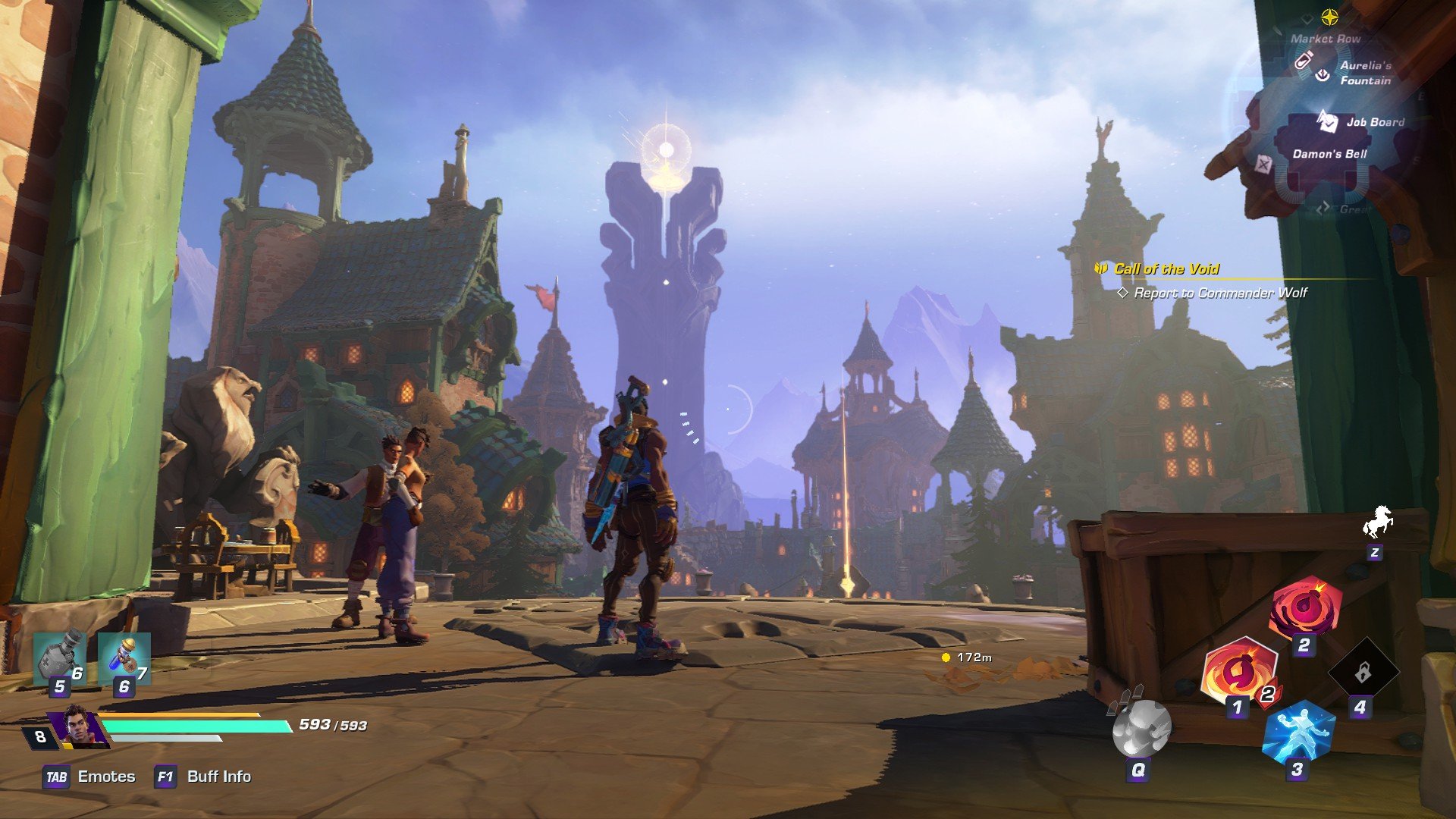
It’s often said that hell is other people, and that can certainly hold true for many multiplayer titles, but it definitely was some of the case in my brief time with Wayfinder at its initial launch (and after it had sorted out its initial release gremlins). I would always leave my delves into the game’s procedurally generated dungeons as open invitation simply because I wanted to play the game with others, but nine times out of ten, those others would run through dungeons at a mad dash, ignoring some of what I consider to be the major action RPG tenets of opening the full map and getting all of the loot.
But in the Echoes version, I get to experience every delve with absolutely no time pressure whatsoever. I’m free to walk around, clearing every bit of the map’s fog of war and trying to snap up all of the goodies along the way. This is my preferred way to play games like these, and being allowed to do this freely was intensely refreshing. Granted, I was able to do this previously – all I had to do was disengage matchmaking – but before that sort of felt like I was missing the point of Wayfinder; now solo dungeon diving is the point.
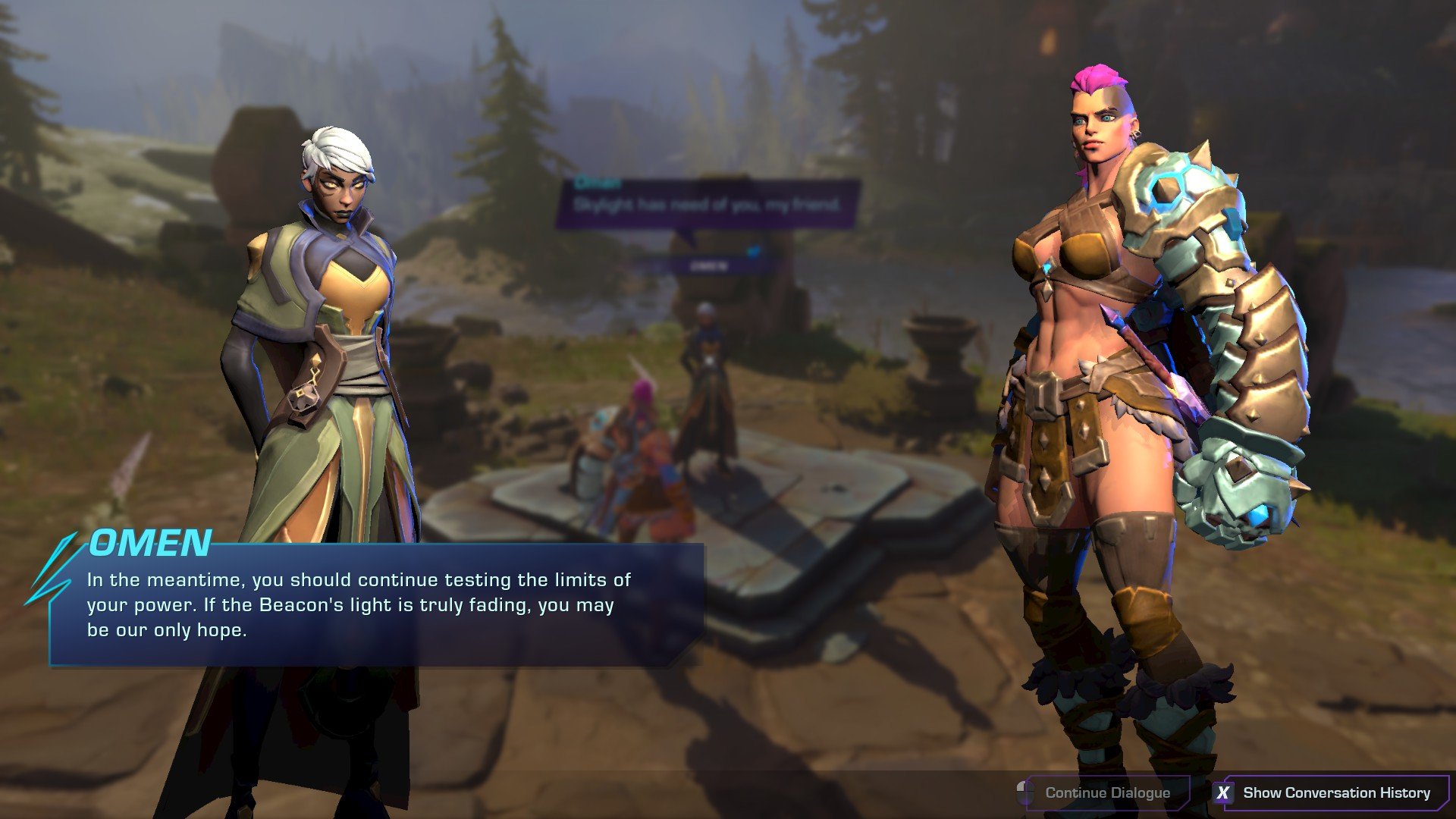
The other major impact that Echoes has on the game is the lack of microtransactions, which means all of the cosmetics, items, skins, weapons, and characters drop from simply playing the game. I assumed this was going to be pretty nice from the outset, but when I got the character Senja to drop from out of nowhere, it really changed everything completely for me. Not to say that the regular cast of characters is lesser, but Senja is something I never got to experience before Echoes, and I was missing out on what is one of the most fun characters in Wayfinder.
I mean it; she’s a soak tank whose whole schtick is showing off to get buffed. I can’t express how happy I am that Echoes let me experience playing as her. It’s a lot like finding the perfect Frame in Digital Extremes’ other game.
The other refinements that have been talked up by the studio feel like they make the least amount of impact to me, but that mostly is owed to the fact that I didn’t get very far in my first run through the game. Even without that previous experience, there still seems to be a lot of moving gears that hum behind the scenes like there were before, and the additional progression systems have been unfurling in such a way that it’s encouraging and interesting: Gearing and improving gear with armor sets is nice, and both the affinity points system and talents tree are good little carrots to chase.
As much as these additions were talked up as refinements, I still feel there’s some room for improvement, particularly in the case of currency and material bloat; there still feels like there are way, way, way too many trinkets required to get the most out of customizing playstyle and progressing a favorite character or weapon set. It could be worse, though, and while getting those items early on without being able to really use them didn’t make initial sense, it did start to come together as systems layered on.
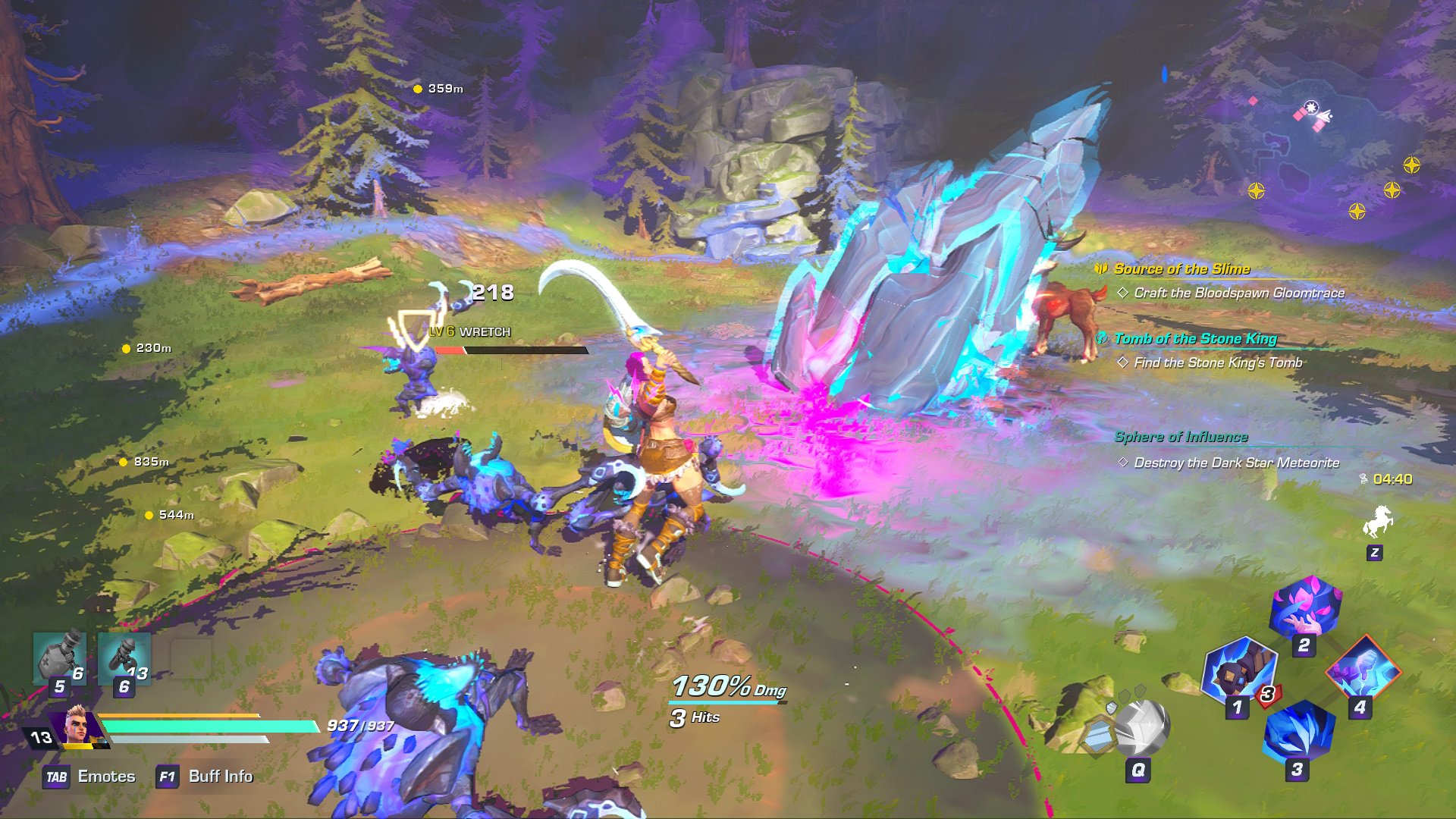
Beyond those three things, Wayfinder continues to remain faultless in other aspects that were the same when early access first began. The game’s art style is still stupendously gorgeous, its animations for everything feel so fluid and wonderfully bouncy, the story has some interesting potential (though I do hate how it does that narrative thing where Every Other Word is Capitalized to make it Seem super Important), and the combat still feels as snappy and impactful as it ever did. I’d still like some more obvious damage registration, though.
On the subject of gameplay, playing the content I have so far solo hasn’t really managed to get too challenging, though I have had a moment or two where I’ve been just overwhelmed by enemies. And that’s the case whether I use Senja or use the firearm-wielding Silo. Adding mutators to delves does increase spice levels quite a bit, though, so player beware. Especially the Trickster mutator. My goodness was using that a mistake.
Naturally I would love to be able to play Wayfinder with a group of friends, and I know that I can do that as you can still play three-person co-op after the tutorial (and matchmaking and server browsing is still on the way), but I’m going to outright say that Airship made the right call in making this game playable offline. As a single-player experience, it’s been an extremely fun ride to this point, with a character that immediately stands out and combat that’s feels best-in-class for action RPGs. And all of that deserves to be available to players. If that means that allowing it to be played as a full-fledged single-player game as well as a co-op game, then so be it.
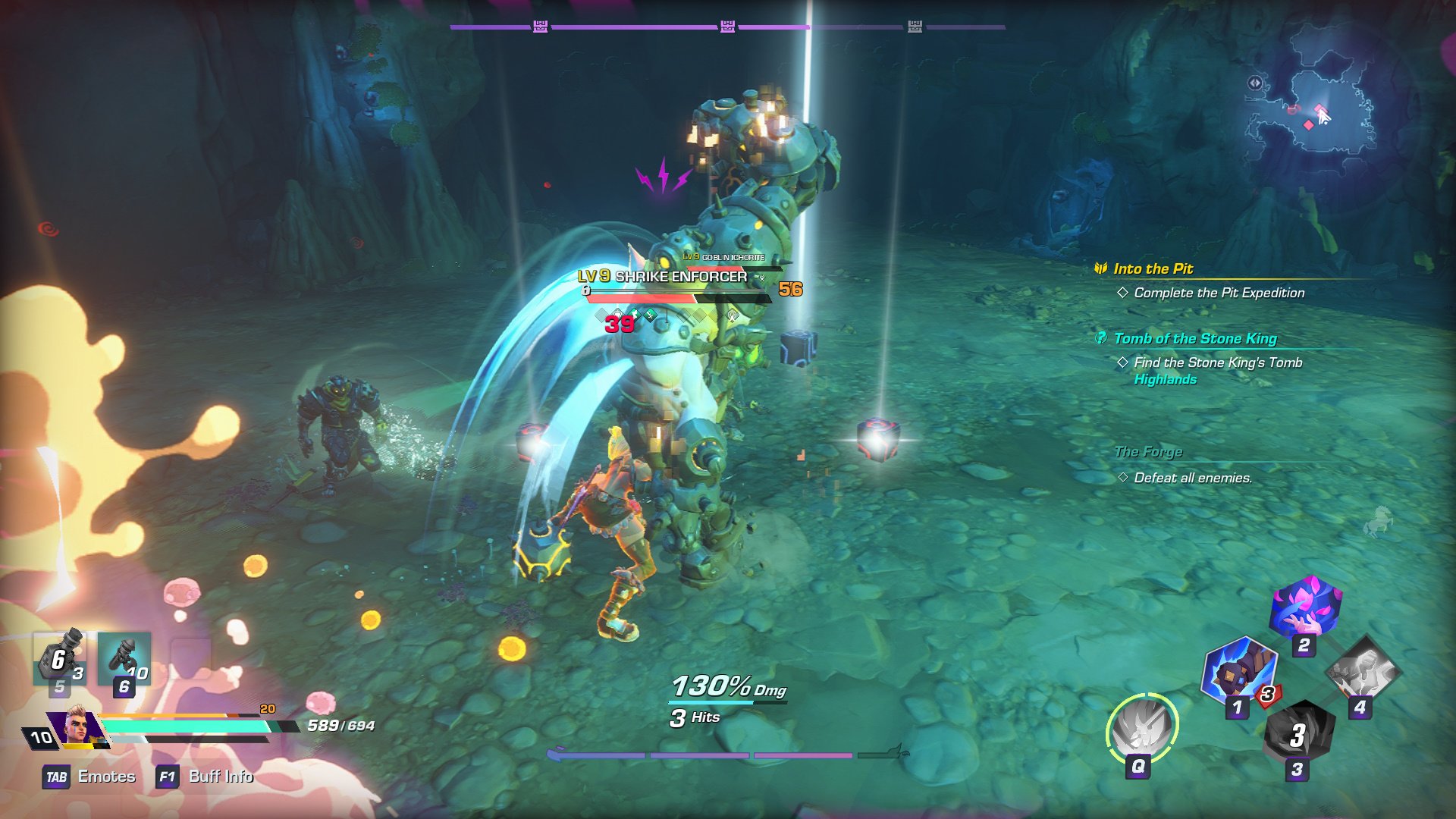
Wayfinder deserves to exist. I’d love to see it thrive, and I would love to see that happen especially given everything Airship’s dev team has been through, but I’m going to simply be satisfied to be able to fire it up, step into the gladiator boots of Senja, and punch the ever-loving stuffing out of enemies.
I always wished nothing but the best for this game, but now I wish that even harder. And I honestly think that pulling it offline and making it multiplayer optional is probably the best way for that to happen. Wayfinder, for all of its initial stumbles, has never felt better.
 Early access MMOs are a minefield of underdeveloped releases and almost immediate buyer’s remorse. That’s where Massively OP’s Progress Bar comes in: It’s Chris Neal’s monthly look at developing online multiplayer early access games – and whether they’re worth your money and attention.
Early access MMOs are a minefield of underdeveloped releases and almost immediate buyer’s remorse. That’s where Massively OP’s Progress Bar comes in: It’s Chris Neal’s monthly look at developing online multiplayer early access games – and whether they’re worth your money and attention.
